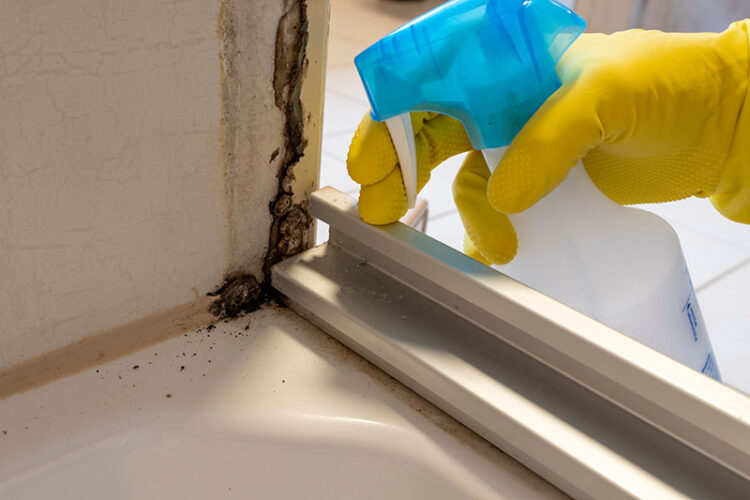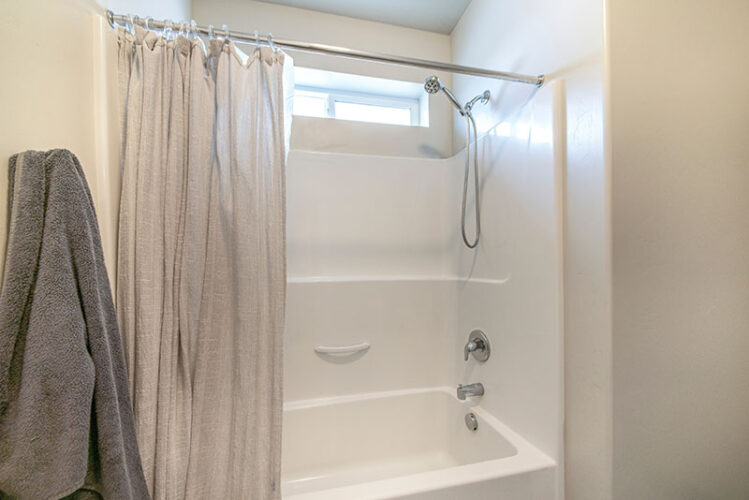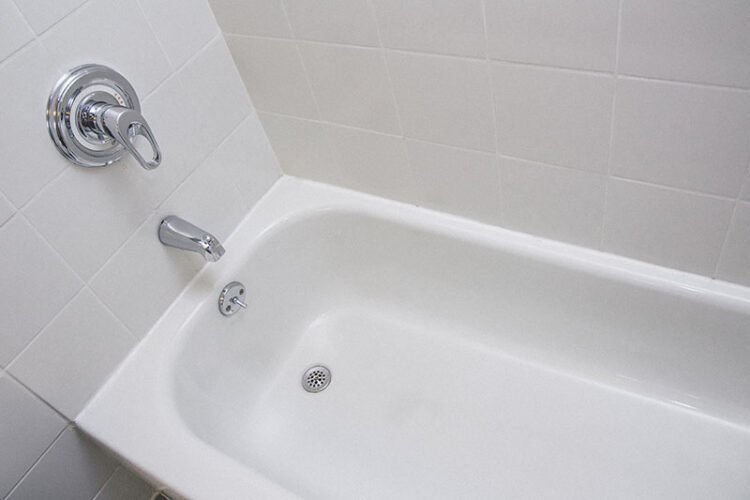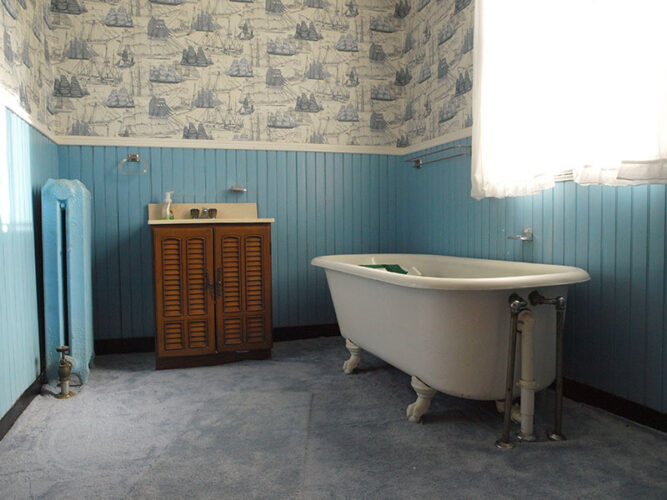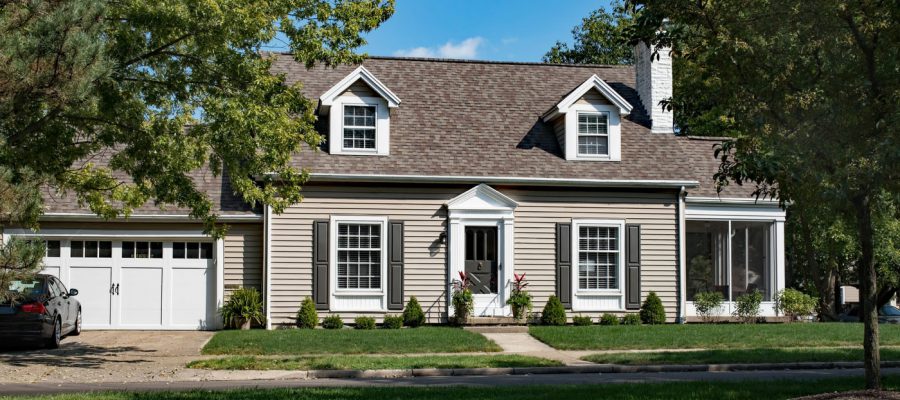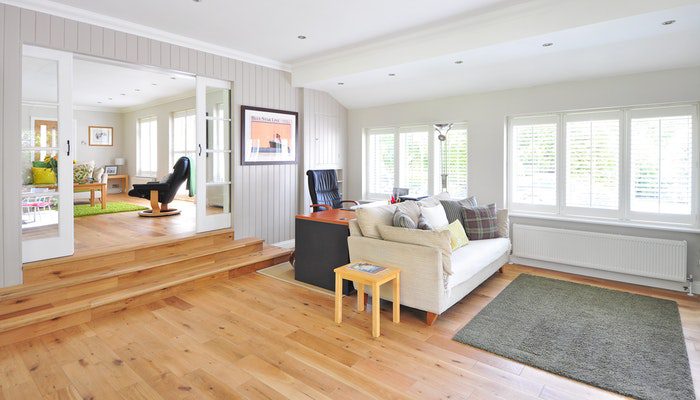Why a Walk-in Shower is Better Than a Walk-in Tub
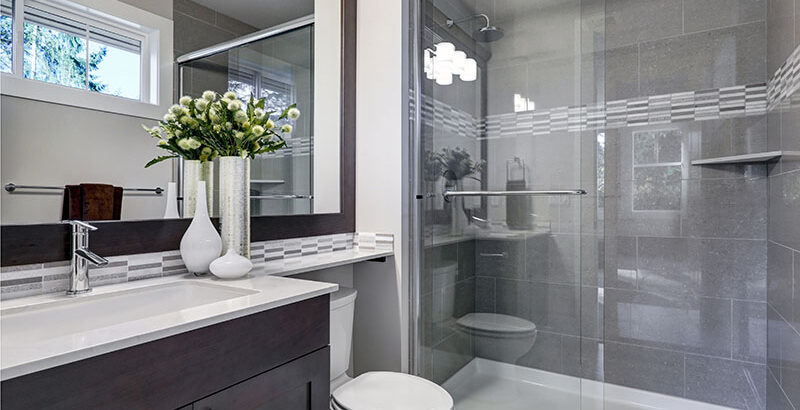
There are at least 30 million wheelchair-bound citizens in the US alone, and bathrooms are one of the most dangerous places they’ll ever visit. Two-thirds of accessibility-related ER visits occur in the wake of a bathroom fall, and it’s the tub and shower that are responsible for most of those accidents. They’re usually linked to slippage, maneuverability in small spaces, and bending to access a tub or shower. Those three connections have important wisdom to impart in the bath-vs-shower debate.
The risks of small spaces
Freedom of movement is crucial to balance, particularly when a wheelchair is part of the equation. Walk-in tubs require the user to transfer themselves between the chair and tub from an awkward angle. Loose brakes, poor upper body strength, and misjudged distance can all lead to falls. If a helper is needed to make the transfer, a walk-in tub leaves little room for them to maneuver safely.
Accessible roll-in showers allow the user to roll straight into the wash zone, then transfer onto a seat without navigating the step of a tub. There’s plenty of room for a well-balanced helper. Provided the shower in question has slip-resistant flooring, grab bars, and a low seat, a large roll-in shower should reduce the risk of a fall.
It’s cold outside
Perhaps the greatest drawback of a walk-in tub is the fact that you must enter the bath before filling it. It’s time-consuming, uncomfortable, and decidedly harmful to arthritic bodies. A roll-in shower gives users the opportunity to perfect their chosen temperature before they undress. It doesn’t require you to drain the tub before you exit. That reduces the risk of scalds, improves comfort, and elevates the dignity of the user.
Showers don’t cause drowning
Roll-in showers carry no risk of drowning in the event of a fall that leads to unconsciousness. While there are simple tricks that can alleviate the risk of drowning in a tub, they’re far from trustworthy. If your disabled resident tends to lose consciousness, whether from epilepsy, feinting, or pharmaceutically-induced drowsiness, a tub is not an option unless supervised.
At this juncture, it’s important to address the issue of dignity again. Having a disability doesn’t make dependence any easier to stomach. The more independence you can grant, the better, but any independence granted should be risk-free. Walk-in tubs aren’t risk-free for lone bathers who are prone to unconsciousness, so they’re rarely appropriate for independently-minded yet disabled users.
Hand-held comfort
Age and flexibility rarely travel hand-in-hand, so washing comes with its own challenges. Hand-held sprayers are a practical tool for reaching those hard-to-access places. A wet room that’s sealed against moisture allows users to wash independently without worrying about flooding. That provides that extra dose of independence that’s so important for quality of life.
Water efficiency
Walk-in tubs are larger than traditional models, so they’re heavy water guzzlers. Efficient low-flow showerheads use about two gallons of water a minute. In contrast, the average walk-in tub requires up to 50 gallons. You’d need to shower for 25 minutes in order to use the same amount of water. The average length of a shower is eight minutes, so that roll-in fixture will reduce your utility bills significantly.
Space efficiency
If you don’t have the luxury of a spacious bathroom, a walk-in tub might not be possible. Your bathroom will need to accommodate a 360-degree wheelchair turn, and that leaves precious few square feet for a tub. A wet room gives you all the turning room you could possibly need, and its seamless design will give your bathroom the sleek, elegant aesthetic of your dreams. If it’s elegance you’re seeking, a wet room can provide it in buckets.
The handicap-accessible bathrooms of yesteryear looked as though they’d jumped out of a hospital design periodical, but technological advancements are quickly solving that problem. A barrier-free bathroom might put functionality first, but that doesn’t mean it should lose the sophistication race.
Barrier-free bathrooms’ seamless lines and step-free fixtures create a natural sense of spaciousness that few other designs can match. To make them truly exquisite, all you need are beautiful, slip-free materials.
With vinyl faux wood finishes on the market, you don’t even need to do without that elegant hardwood aesthetic. Threshold and door-free showers are a growing trend for excellent reasons, and not all of them are practical. In wet rooms, your surfaces are the star of the show, so choose well. Gorgeous materials like granite, marble, and faux wood are beautiful enough not to need additional details.
Need help with a tub or shower conversion? Contact 1-800-HANSONS for a free bath estimate today*
*Available in select markets only.
Related article:
Seven Ways to Upgrade Your Bathroom
Get a Free Estimate Today
50% off installation. Special financing available. See details.

